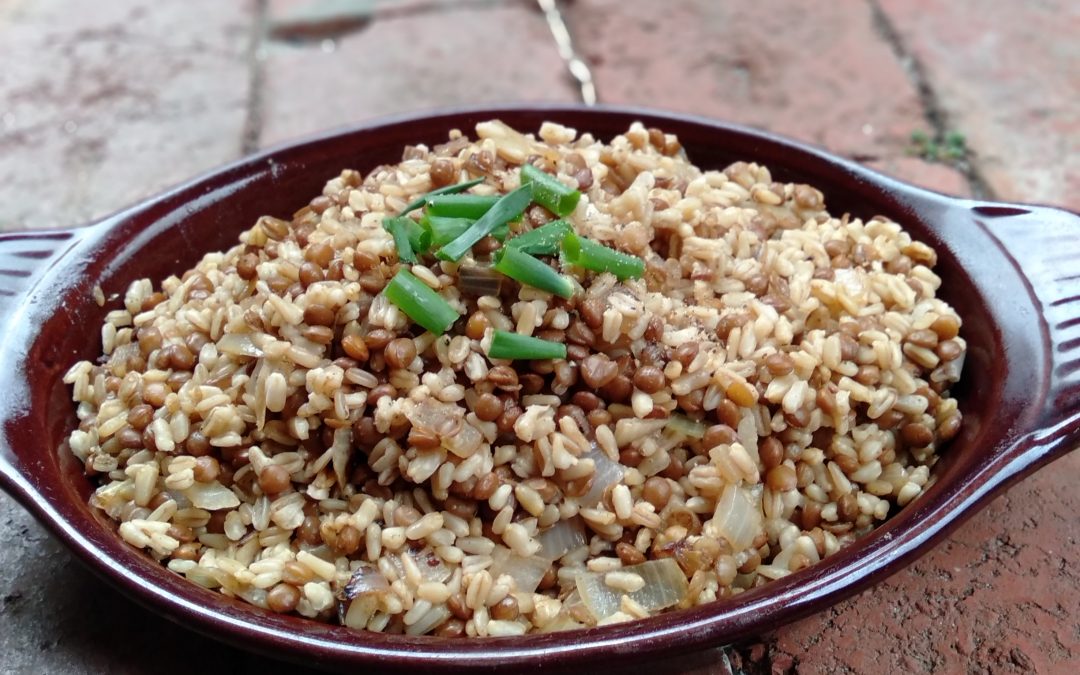
In the ever-evolving world of food trends, one movement stands out for looking backward instead of forward — the return of ancient grains and forgotten ingredients. These nutritional powerhouses once formed the backbone of ancient civilizations but slowly disappeared from modern diets due to industrial agriculture and convenience-based food systems.
Today, chefs, nutritionists, and health-conscious consumers are rediscovering their value — not just for their nutrition, but for their unique flavors and cultural significance.
What Are Ancient Grains?
Ancient grains are grains and seeds that have remained largely unchanged over the last several hundred or even thousands of years. Unlike modern wheat and rice, which have been selectively bred for yield and shelf life, ancient grains are more nutrient-dense and often grown using traditional methods.
Some of the most well-known include:
- Millet – A staple in African and Indian cuisines
- Amaranth – Revered by the Aztecs for its high protein
- Farro – A chewy, nutty grain used in ancient Roman diets
- Teff – A tiny Ethiopian grain packed with iron
- Spelt, Khorasan (Kamut), and Einkorn – Ancient wheat varieties with lower gluten content
Why Are They Making a Comeback?
The revival of ancient grains is fueled by several factors:
1. Health Benefits
Ancient grains are often rich in fiber, protein, antioxidants, and essential minerals like magnesium and iron. Many also have a lower glycemic index, making them attractive to people managing blood sugar levels.
Unlike highly processed modern grains, ancient grains are often whole and unrefined, preserving their natural nutrients.
2. Flavor and Texture
Modern grains often prioritize blandness and softness for mass production. Ancient grains, on the other hand, bring distinctive textures and flavors — nutty, earthy, and robust — that enrich dishes and delight the palate.
3. Cultural and Culinary Heritage
Reviving ancient grains also means reviving ancient recipes, traditional farming practices, and lost food wisdom. It’s a way to reconnect with food roots and celebrate cultural diversity through the plate.
4. Sustainability
Many ancient grains are drought-resistant, require fewer inputs, and thrive in diverse climates. Their cultivation supports biodiversity and sustainable agriculture — a vital step in addressing climate challenges.
More Than Grains: Forgotten Ingredients from Around the World
The comeback isn’t limited to grains. Cooks are also rediscovering long-lost ingredients once used in traditional medicine, rituals, and home kitchens:
- Lotus seeds in Asia for their calming properties
- Tamarind leaves in African and Indian dishes
- Fermented products like garum (Roman fish sauce) or amazake (a sweet Japanese rice drink)
- Heritage beans and pulses with unique colors and tastes
- Indigenous fruits and vegetables, such as jackfruit, gooseberries, and sorrel
These ingredients offer not only flavor but a deep connection to ancestral food knowledge.
Ancient Grains in Modern Dishes
Ancient ingredients aren’t just for traditional recipes. Today, chefs are reimagining them in contemporary formats:
- Teff pancakes with fruit compote
- Spelt pasta with roasted vegetables
- Amaranth energy bars
- Farro salads with Mediterranean herbs
- Millet risottos with local vegetables
Even bakeries are now embracing sourdoughs made with einkorn or khorasan flour, adding depth and digestibility to breads and pastries.
Final Thought
The revival of ancient grains and forgotten ingredients is more than a food trend — it’s a cultural and nutritional awakening. It’s about going back to go forward, learning from the past to eat better in the present.
So the next time you’re choosing ingredients, skip the processed options and try something with a story — a grain or spice that nourished civilizations, waited centuries for its return, and now finds new life on your plate.
Let your meals not only nourish your body — let them remember the past.





